Best dash cam 2025: top car cameras tested, reviewed and ranked
We tested dozens of dash cams from Garmin, Nextbase, Thinkware, Cobra, and these are the best on the lot


Spencer Hart
We've tested dozens of units to find and recommend the best dash cams. These smart car accessories can not only give you peace of mind on the road, but sometimes, the presence of a dash cam in the car can reduce car insurance premiums. Below, we collected the best ones to buy right now.
The best dash cam right now is the new Nextbase iQ Dash Cam, closely followed by the smaller and more affordable Nextbase Piqo Dash Cam. The former is an impressive unit that covers all the basics, but also offers features never before seen in a dash cam plus 4G connectivity for saving data to the Cloud. All in all, it's a very compelling dash cam package! The latter has much of the same but in a 'Lite' variation on the theme.
Whichever dash cam you choose, you'll also want to read our guide on fitting a dash cam and check the best cheap dash cam deals available out there. If you're looking for dash cams that specifically record rearward-facing and forward-facing videos, then you should read our guide to the best front and rear dash cams, which record two channels of video.
T3's Top Picks
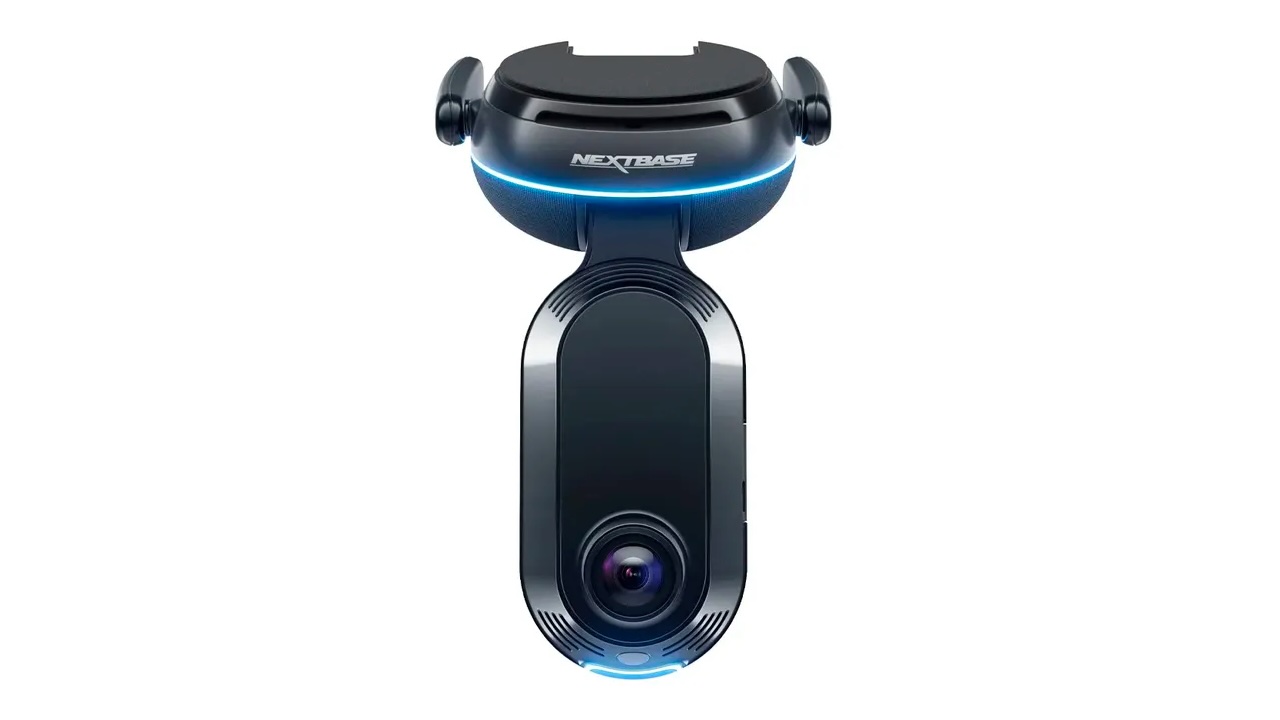
If you're looking for a smart dash cam with all of the features and functions you'll ever need the Nextbase iQ Dash Cam is a great option. This is a very powerful dash cam, which comes with a host of options for capturing quality video plus audio to boot. The design is eye-catching but there are also smart features, which take it a step up from rivals. It does need to be plugged in via a vehicle ODB II port however, which is different to the majority of dash cams that use a 12V power port.
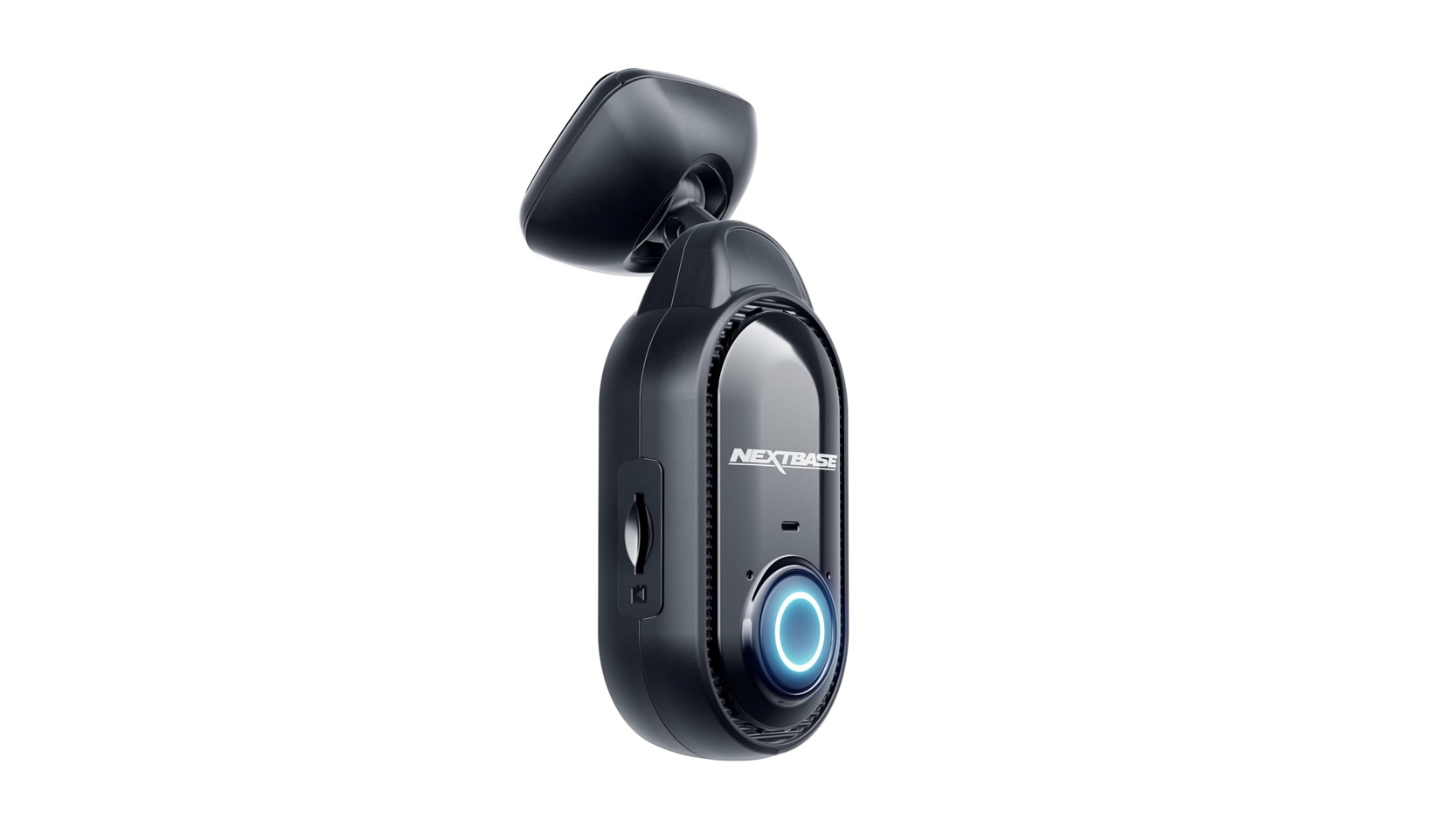
The Nextbase Piqo Dash Cam is a great option if you like the look of the Nextbase iQ but can't make your budget stretch quite as far. This is a very affordable dash cam, which also boasts a very compact design. In fact, the form factor makes it ideally suited to folks with smaller windshields. The features are present too and emulate the iQ model but come in a 'Lite' format, which means they work in a similar fashion but for a lot less outlay.
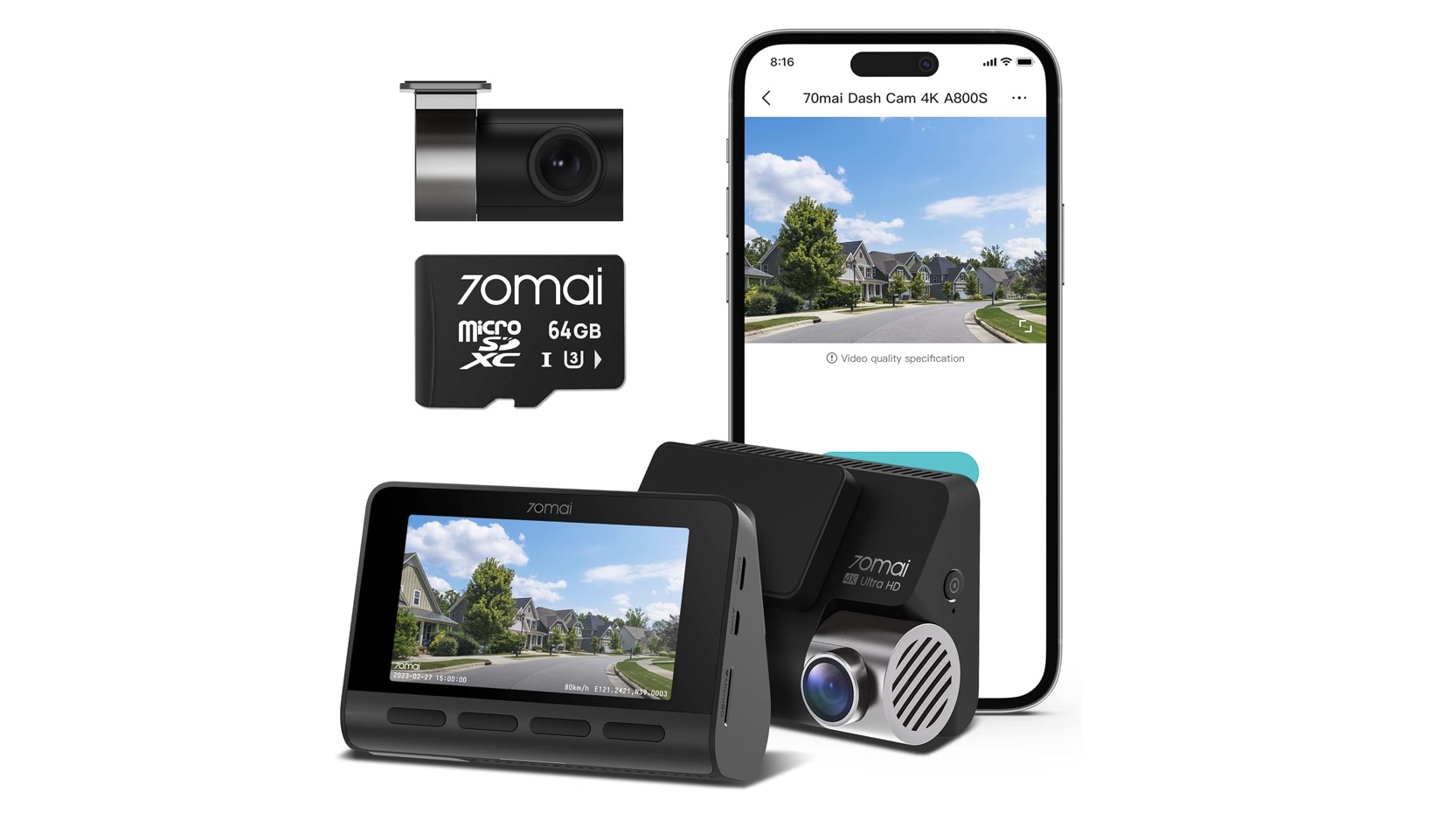
The 70mai A800S Dash Cam makes total sense if you need a model that can cover all bases. This is a twin-channel offering, which means there's a front-facing camera that. shoots high-quality footage, supplemented by a rear-facing lens too. There's also a full colour rear screen, which can be a bonus if you like to keep an eye on things in-car. Equally though, and like the other models here, there's a supporting app too for quick and easy file management on the go.
The best dash cams you can buy right now
Best overall
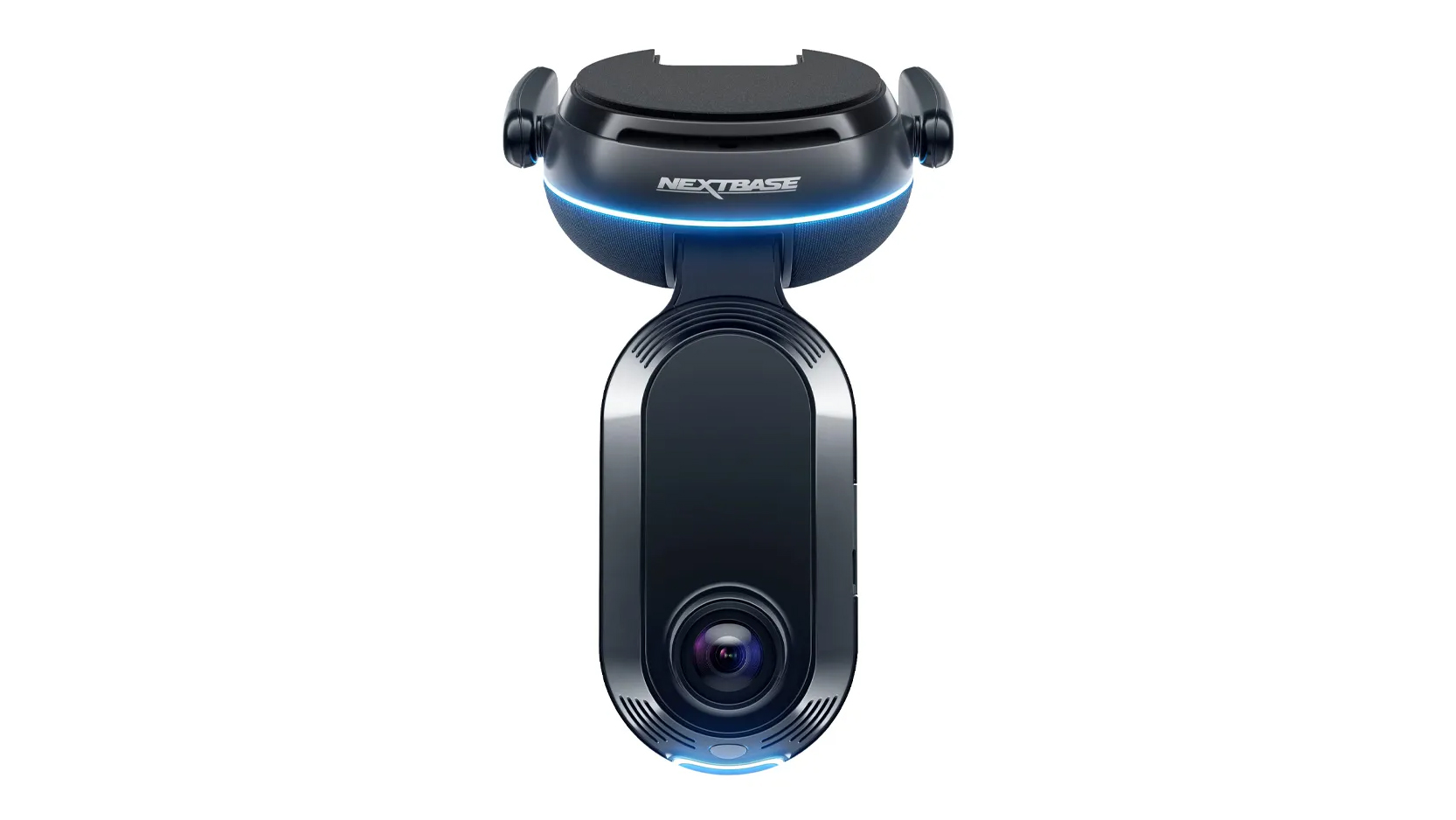
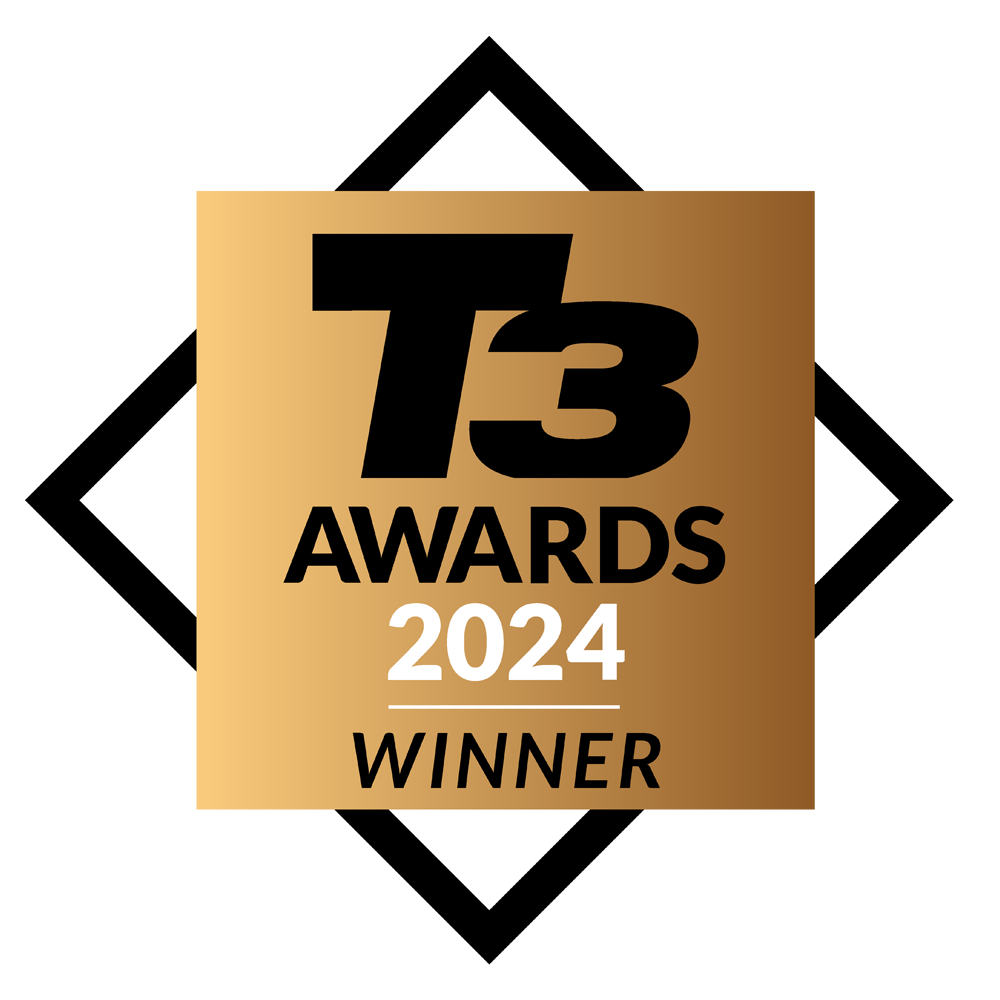
Specifications
Reasons to buy
Reasons to avoid
If you're keen to arm yourself with a complete solution, the Nextbase iQ Dash Cam is about as good as you can get. It comes complete with a forward-facing lens in either 1K, 2K or 4K variants and also captures video and sound of the interior of your car too. You'll need to pay extra for a supplementary rear-facing camera, but if you do this you'll cover all bases.
Nextbase has packed in oodles of features too, many of them using smart technology to keep a record of events uploaded to the cloud using mobile connectivity. Key feature benefits include Smart Sense Parking that helps make parking easier and Witness Mode. This is a voice-activated control for capturing evidence when it’s needed, while instantly saving it to the cloud as well as notifying a specified emergency contact.
Look for Live View too, which lets you keep tabs on your vehicle at any time, using the accompanying Nextbase iQ app. The best features come via a subscription model offered by Nextbase, which means an additional monthly fee. However, the base-level model is called Solo and can be used for free and still works in tandem with the excellent Thinkware app.
Sign up for the more comprehensive Protect version and you get the Nextbase iQ app voice control, real-time image notifications, Live View (up to 60 minutes), Smart Sense Parking, Witness mode, RoadWatch AI, Guardian Mode, Remote Alarm along with Cloud Storage for 30 days. In fact, there's so much on offer from this model you'll need to read our full review below to get the full lowdown.
Note though, that it needs to be plugged into your car via the ODB II port, under the dash. It's easy enough to do, but might not appeal to everyone.
Read our full Nextbase iQ Dash Cam review.
The Nextbase iQ Dash Cam won the Best Dash Cam in the T3 Awards 2024.
Best compact design dash cam

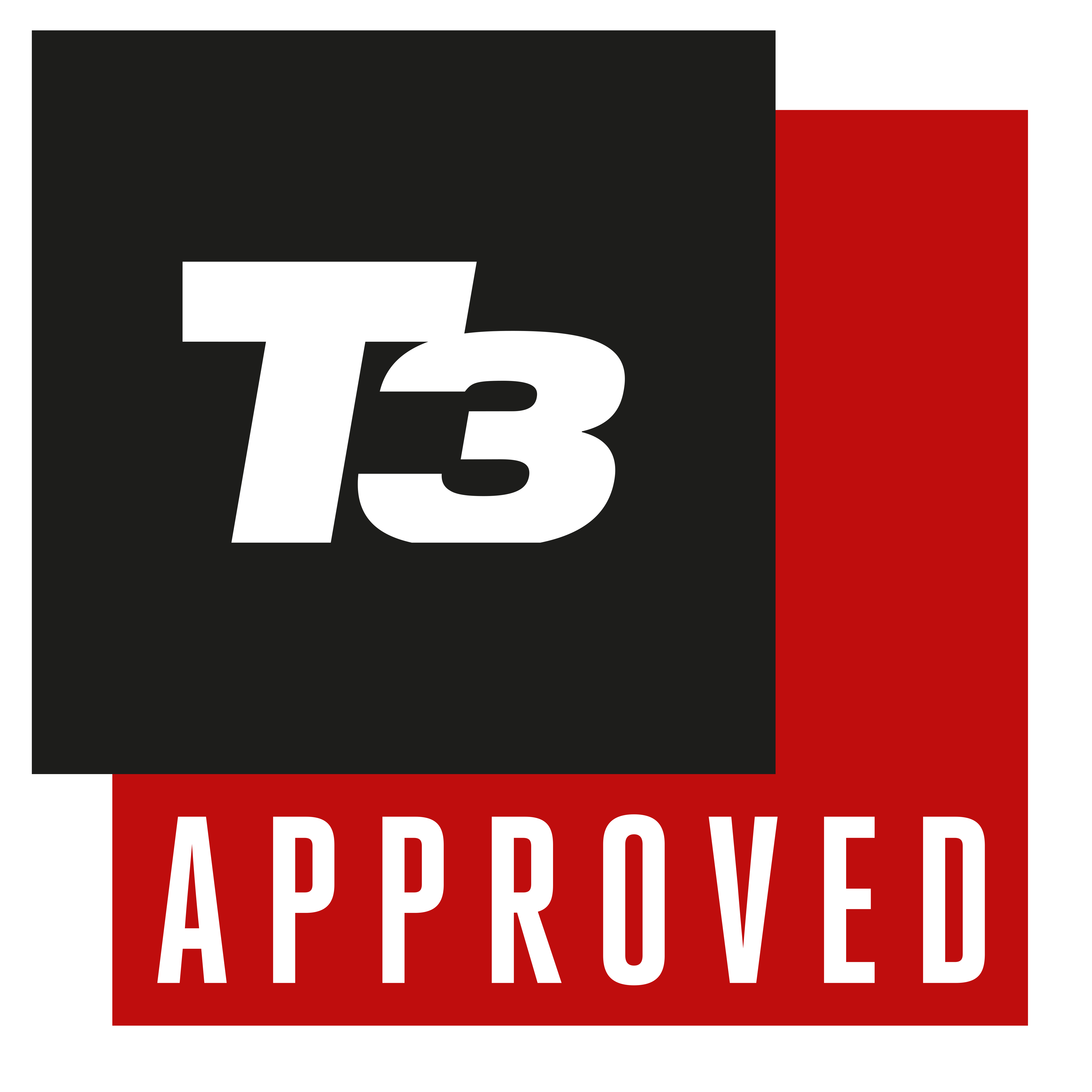
Specifications
Reasons to buy
Reasons to avoid
Anyone wanting a rather more slimline version of the Nextbase iQ should check out the Nextbase Piqo. It's a much more compact proposition and can be easily installed inside any type of vehicle with the minimum of fuss and bother. The bonus is that the Nextbase Piqo comes with many of the same features and functions found on the iQ model, albeit in Lite versions.
There are two model variants, with the higher-end 2K model being the one to head for if better 2560x1140p footage is called for. However, the 1K version captures decent quality video and details including license plates, which are easy to read despite the leaner specification.
The 145-degree field of view works to great effect too. While there is no rear screen, the Nextbase Piqo is supported by an excellent app, which can be used to manage features and functions, along with previewing captured content.
The other major appeal of the Nextbase Piqo is that it is cheap to buy, with online offers frequently making its price tag even lower than normal. It does require an optional hardwire kit if all of the features need to be unlocked, but will also work quite happily by being plugged into a standard in-car 12V power socket. The design works to great effect in small cars or those with a limited windscreen area, due to its compact form factor.
Best cheap dual dash camera bundle


3. 70mai A800S Dash Cam
Specifications
Reasons to buy
Reasons to avoid
Being able to monitor the road ahead is one of the obvious benefits of a dash cam. However, moving to a bundle option like the 70mai A800S Dash Cam package means that it's easy to keep track of whats going on behind your vehicle too. This is a two channel, twin camera setup that offers a potent pair of lenses for much more comprehensive coverage.
Up front, the 70mai A800S Dash Cam packs in a Sony sensor and delivers crisp and clear 4K footage. It's very easy to setup and use too, although there is a little more wiring to push behind trim panels because of the camera mounting at the rear. The one at the back is more of a svelte barrel-type design, which also offers up excellent video of the rear view.
There's a very impressive 70mai supporting app with the dash camera bundle, which allows for quick and easy file management. Another benefit is the rear screen on the main camera, which offers in-car previews of the road ahead along with additonal information, such as date, time and speed thanks to the built in GPS.
The lenses on these cameras can also be turned in-situ to allow much better positioning for viewing the road, both ahead and to the rear. An optional hardwire kit is needed in order to unlock the more advanced parking and monitoring tools, but this does make the package more potent and better value as a result.
Best of the rest dash cams

4. Garmin Dash Cam Live
Our expert review:
Specifications
Reasons to buy
Reasons to avoid
The Garmin Dash Cam Live is a quite conventional to look at so the more interesting part of the picture is to be found inside. This model packs in lots of features and functions, all hidden behind a quality near full-width rear screen. It's very easy to setup, but the real bonus feature is the LTE cellular connectivity. This lets users enjoy an 'always on' experience, which can be useful for anyone needing 24/7 surveillance and the convenience of live remote viewing.
The latter feature, plus cloud storage, have to be paid for via a subscription but the unit will work perfectly fine if it isn’t needed. Video quality is largely excellent, and the traffic alerts are decent too. Currently, the full price tag is $399.99 in the US and £349.99 in the UK. The package does come with everything for plug-and-play convenience, although a hard-wire kit will be required if you don’t want to use the 12v power socket option, for an additional cost.
Garmin also offers an LTE Vault subscription should you wish to make use of cloud storage and the remote viewing features of this model. This costs $9.99 / £9.99 per month for 7-day storage, while the Advanced option costs $19.99 / £19.99 for 30-day storage and both can be selected via the Garmin Drive app.
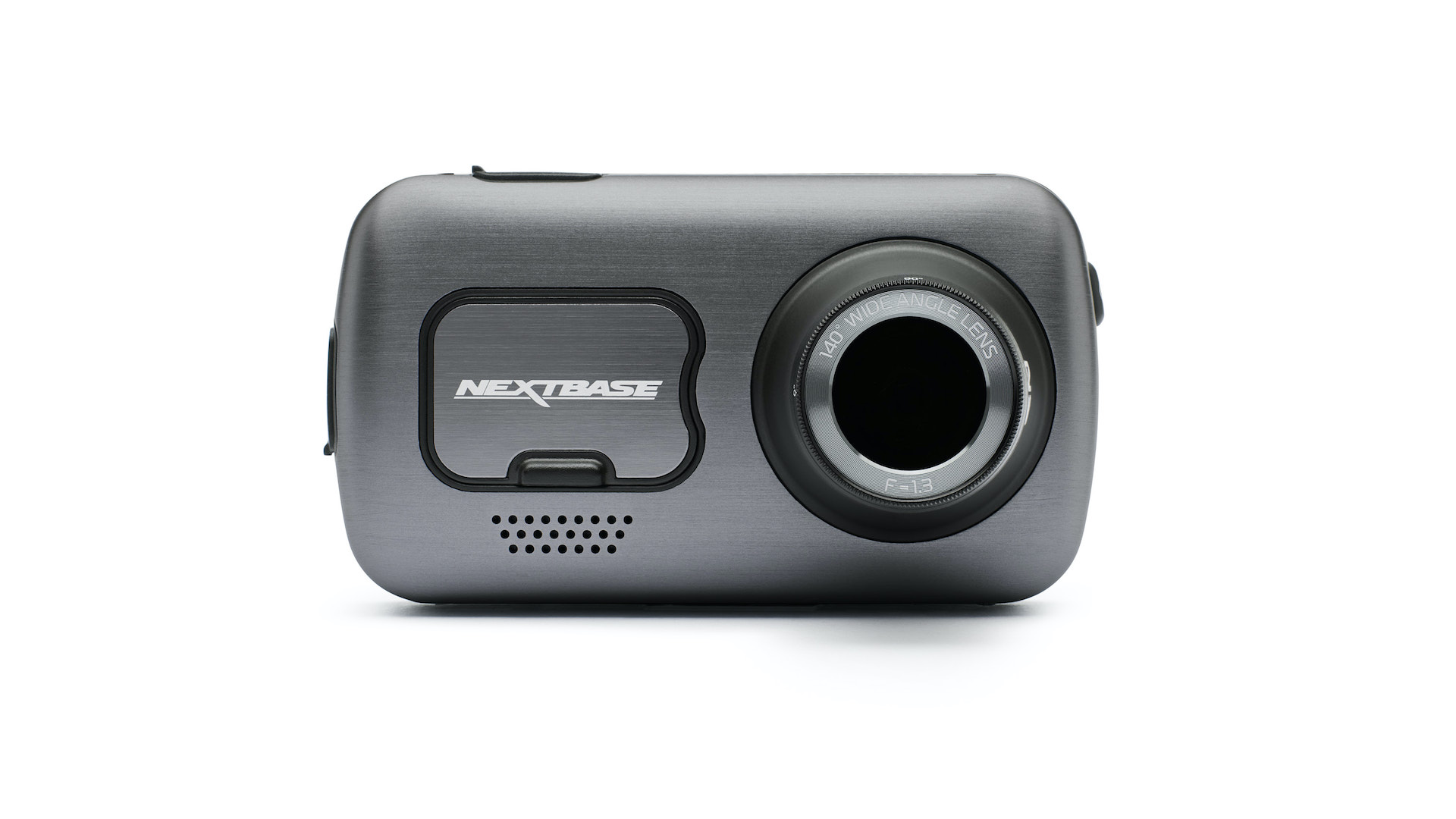

Specifications
Reasons to buy
Reasons to avoid
Don't view this as merely a replacement for the previous range-topping 522GW, this hugely popular dash cam from Nextbase boasts much-improved video quality, improved stabilisation and the inclusion of some rather clever What3Words geolocation services and a bunch of Amazon Alexa Skills.
Plump for the 4K at the 30fps video resolution, and the resulting footage isn't too far off today's leading action cameras, proving incredibly detailed, vibrant and smooth when viewed on a laptop or PC.
Even in poor lighting, it's easy to pick out details and features, while a special Super Slow-Mo mode (1080p at 120fps) means it is now easier than ever to read registration plates on fast-moving vehicles.
A built-in polarising filter on the front of the camera can be rotated to reduce glare from windscreens, while digital image stabilisation is another first for the dash cam market and helps smooth out those bumps and shakes caused by potholes and poor road surfaces.
Like its 522GW sibling, this model can be controlled via the voice with Alexa Skills, but it requires the accompanying smartphone app to work, which isn’t the best. Despite the new dual 2.4GHz + 5GHz Wi-Fi, it still has trouble connecting with phones to transfer images and video clips.
Thankfully the 3-inch rear touchscreen is crisp, clear and very easy to use, while the inclusion of What3Words is clever, as it can alert the emergency and breakdown services of an exact location, even when there is no Wi-Fi or mobile data available.
Easy to set up, sleekly packaged and a doddle to operate, the Nextbase 622GW is our second-to-top pick, doing everything that's required of a dash cam and doing it well, but also offers some useful additional features.
Read our full Nextbase 622GW review.
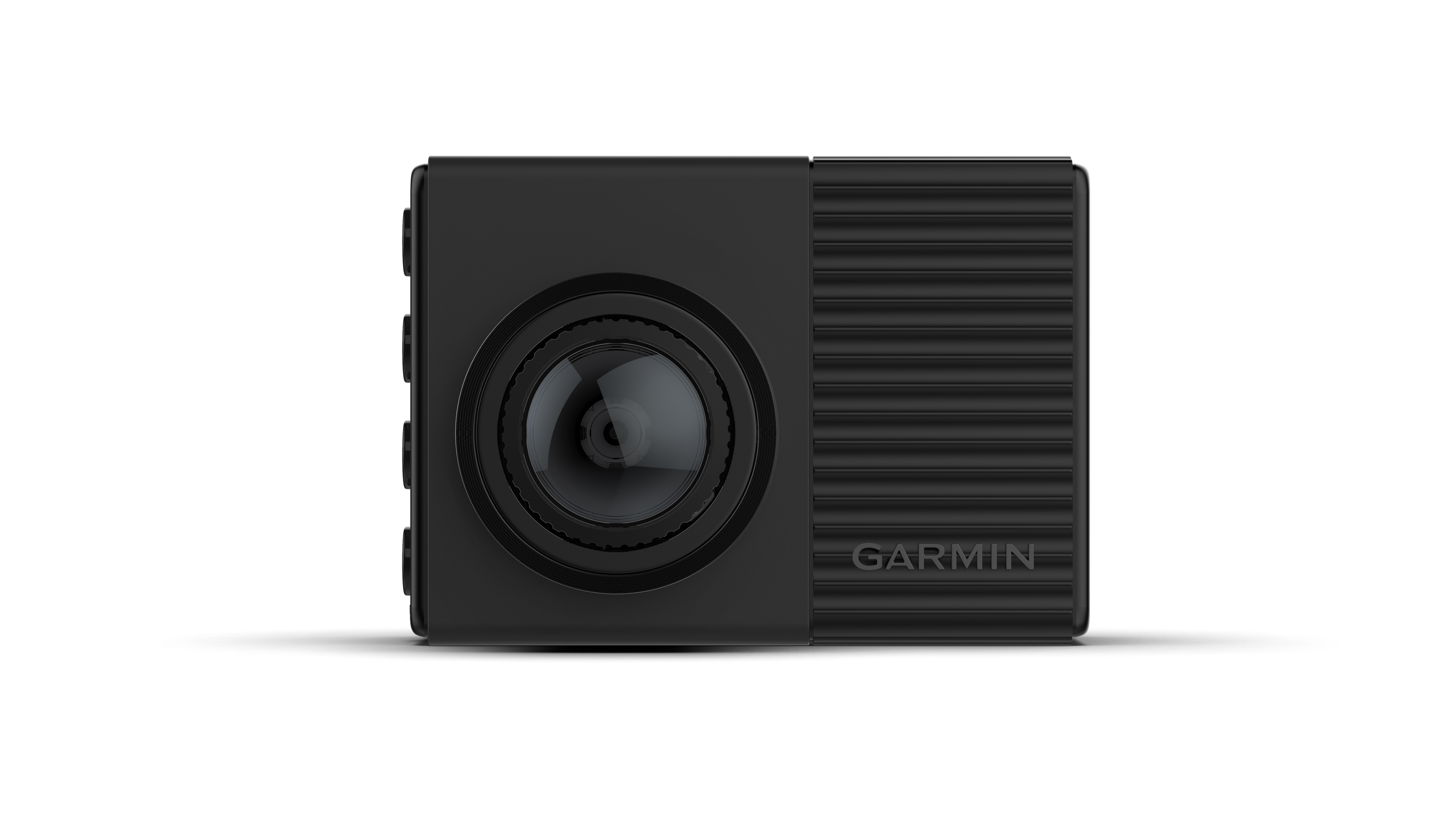

Specifications
Reasons to buy
Reasons to avoid
This fantastic little dash cam from Garmin earns second place on this list with good image quality, a number of extra features, and actually quite an attractive design. It's one of the most compact cameras here (so takes up less windscreen space) and resembles a GoPro, making it the most attractive as well. That might seem like a funny thing to say, but it won't look out of place in a Range Rover or Mercedes, while others on this list will.
Despite being small, the Garmin 66 manages to pack in plenty of extra features, such as GPS and smartphone integration with the Garmin Virb app. There are also Lane Departure and Forward Collision warnings, as well as Speed Camera warnings. The former two are somewhat less useful than the latter.
The video footage is great as well. Recording in 1440p with an ultra-wide 180-degree field of view. The video quality might not be as good at the Nextbase 522GW, but it's good enough. The mount is excellently designed, with a small 3M magnet mount making removal and placement of the dash cam incredibly easy. The downside is the slightly fiddly menu system, which is controlled by four buttons on the side, and the inconsistent voice control.
Read our full Garmin Dash Cam 66W review.
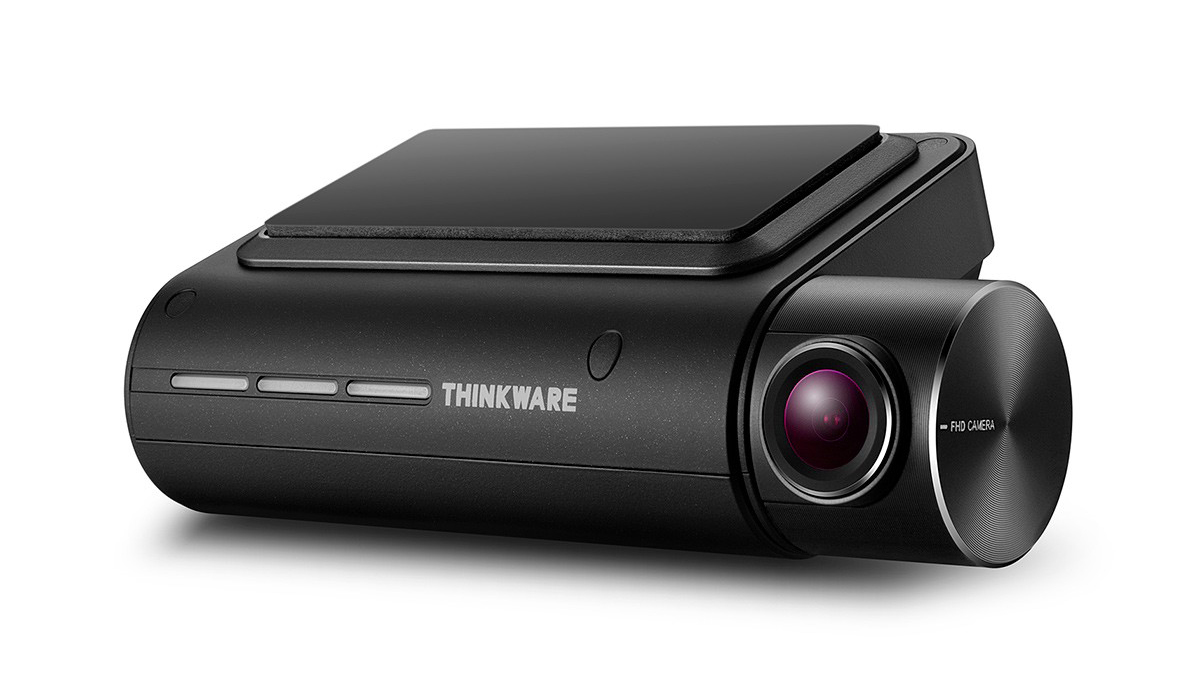

7. Thinkware F800 Pro
Specifications
Reasons to buy
Reasons to avoid
The Thinkware F800 is probably the dash cam that we've used for the longest amount of time – mainly because it's so low profile you just forget about it (which is kind of what you want with these devices).
The F800 is fixed to your car windscreen with sticky 3M tape, and, as there's no screen, you can essentially hide it behind the rear view mirror. We think that's the best place for them.
The F800 comes with GPS tracking, lifetime safety camera and speed alerts, as well as Safety Warnings such as forward collision and lane departure awareness. Although, while these are marginally useful on dash cameras with screens, they are zero use without a screen.
The HD video quality is good, and the night mode (now on its second generation) is very impressive (it's surprisingly sharp, and there's next to no noise). There's built-in Wi-Fi so you can connect to your smartphone, although we did experience some connection issues, and it looks very dated.
Time Lapse Mode, which records your parked car for 48 hours. That's great if you're worried about the vehicle being vandalised while left at night.
That final feature requires the camera to be hardwired into the car. We think that's what you'd want to do with the Thinkware. It's not too difficult and also the neatest-looking option, freeing up the 12V port.
The most interesting capability bundled with the F800 Pro is Thinkware's new Cloud service. This includes the ability to get notified when your car leaves a geofenced area or when an impact occurs to your vehicle. You can also use it to locate your vehicle when parked.
These are potentially very useful features, but we found it very difficult to get them working, and from reading other online reviews, we're not the only ones.
If you like the low-profile design of the F800 Pro, but require even better video quality, then you should read our review of the Q800 Pro, which records at 2K resolution.


Specifications
Reasons to buy
Reasons to avoid
The 522GW is a massively impressive dash cam, which not only nails the basics (such as recording outstanding image quality), but also offers features never before seen in a dash cam.
It’s the first dash cam available in the UK with Alexa built-in, so you can play music, find parking, control smart home devices and make calls whenever you want without taking your eyes off the road. We found it surprisingly useful.
There are also impressive safety features, such as Emergency SOS, which will alert the emergency services to your location in the event of an accident. This feature is potentially lifesaving and is one of the main reasons we rate it as the best dash cam in 2019.
That's not all, however, the 522GW also packs an 'Intelligent Parking Mode' that records any bump or physical movement on the vehicle when left unattended.
It's not just the impressive list of features that means this is the best dash cam, however, as we previously mentioned, the Nextbase 522GW is also a master when it comes to the basics. It records incredibly crisp, perfectly lit 1440p video, the Click&Go mount is a really neat solution, and its smartphone app, MyNextbase, is the most polished experience we've encountered.
Read our full Nextbase 522GW dash cam review.
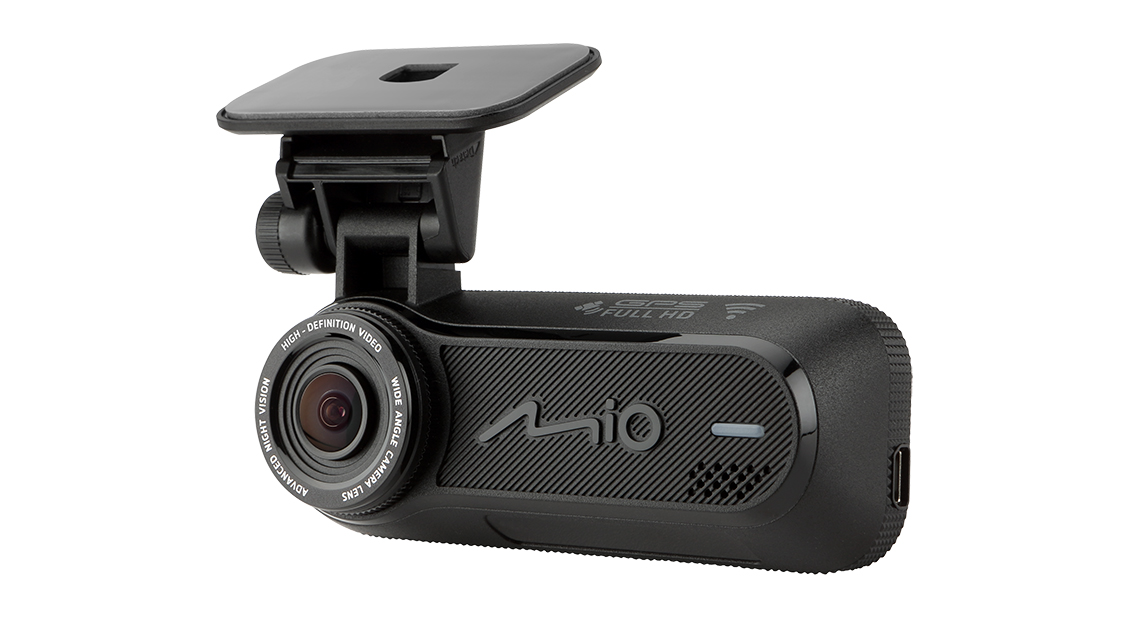

9. Mio MiVue J60
Specifications
Reasons to buy
Reasons to avoid
The Mio MiVue J60 is a really neat little device, with a compact body which manages to squeeze in a lot of technology.
It's the sleek design that's key here, as the shape of the camera and small mount means it'll sit discreetly behind your rear view mirror. Despite its small size, the MiVue J60 has a sensor capable of capturing sharp 1080p footage at 30 frames per second with a wide 150-degree viewing-angle.
It's got a dedicated night mode as well, which ensures registration plates and small details are captured in most lighting conditions.
The J60 not only captures clear video; it also features Wi-Fi, for video playback and updating camera settings via a smartphone app; as well as GPS, which tracks your vehicle's location and speed.
The MiVue J60 is packed full of safety features (although, you know what we think about those) including Advanced Driving Assistance System, Lane Departure Warning System, Forward Collision Warning System and Fatigue Alert.
If you decide to have these on (they can be turned off through the app) the dash cam will emit a beep if you start to drift over road markings or go over the speed limit.
The device also comes with safety camera data, and free data updates for the lifetime of the device, so drivers can avoid any dreaded speeding fines. That's potentially very useful, depending on your driving style.
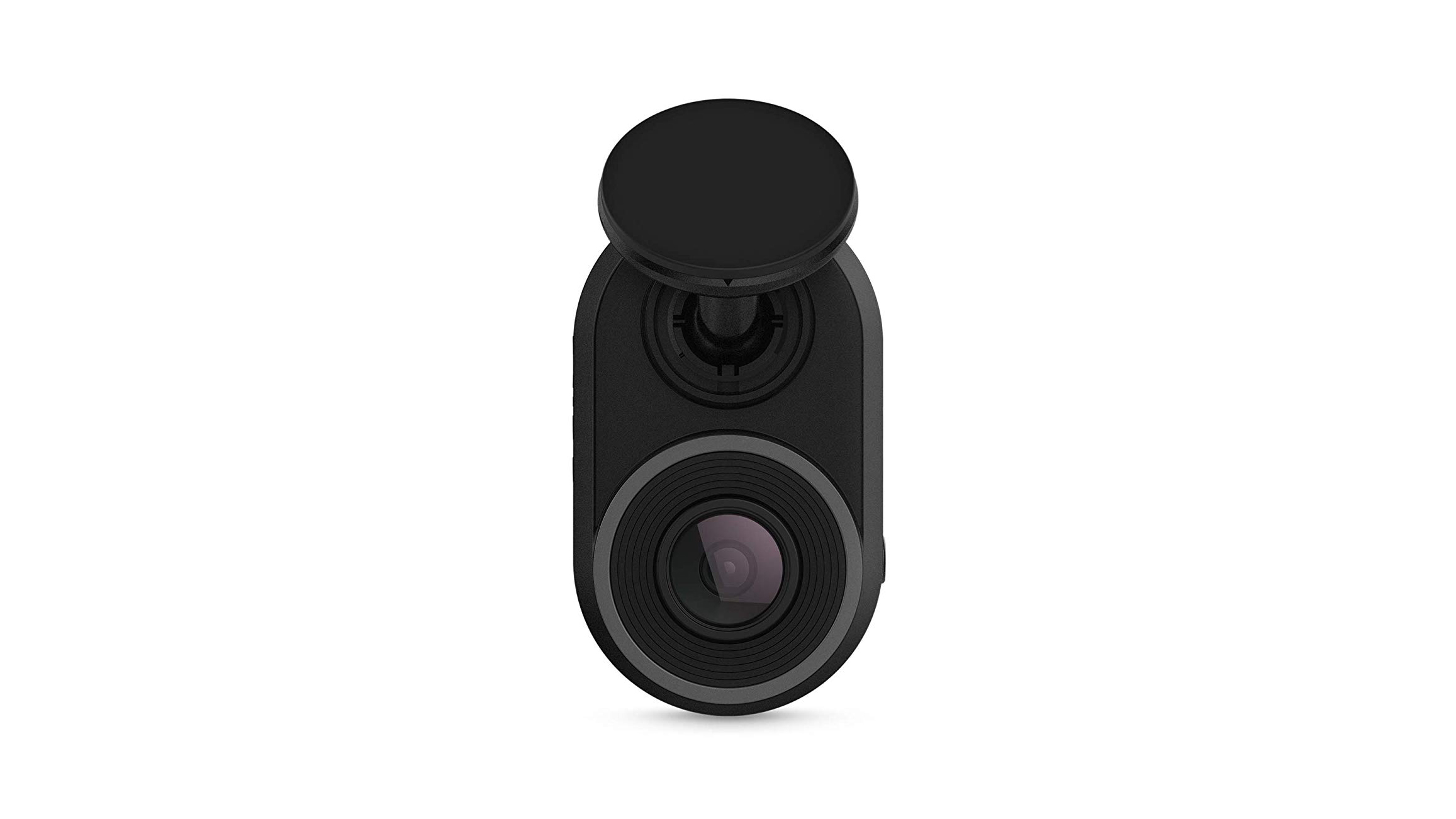

Specifications
Reasons to buy
Reasons to avoid
If you’re looking for a compact dash cam, you'll want the Garmin Dash Cam Mini. this tiny camera can fit comfortably behind your rearview mirror, leaving your field unobstructed and your mind at peace, knowing that something is keeping a (digital) eye on the road as well as you.
Of course, the small size does mean the Garmin Dash Cam Mini is a pretty barebones device, it does exactly what you expect it to, and no more. There are no extra features here, and it lacks GPS, but it does record excellent 1080p footage, and it's very simple to use. We found it very easy to set up and use, and for under £100 / US$130, we think it's difficult to fault.
Read our full Garmin Dash Cam Mini Review.
How to choose the best dash cam for you
You want at least 1080p recording, 720p doesn't quite cut the mustard, and while 4K is a nice option to have, the file sizes are very large and older computers will struggle to play them.
Next, you'll have to decide whether you want a dash cam with a screen or a model without. Dash cams with screens are easier to set up and view footage on, but ones without screens are a lot less intrusive. Both are useful, but we'd choose one with a screen for occasional recording (track days and scenic drives), but one without a screen setup and forget about for everyday driving.
Mounting type is also important. Most stick on the windscreen with a suction mount, the same as a sat nav, whereas some more permanent cams have sticky 3M mounts.
The key feature to look out for is a Wi-Fi smartphone connection; this makes it so much easier to view, download and share footage.
There are also gimmicks such as lane departure and forward collision warning – while these are potentially interesting inclusions, in practice, they don't work very well, so shouldn't sway you're buying decision.
One feature which isn't a gimmick is GPS – this allows the car to record your speed and direction of travel, which could be used as extra evidence in an insurance case.
It's also important to note that while these are battery-powered, we've found they all have minuscule, sub-thirty-minute battery lives. That means they're going to require a power cable.
All companies include a charger that plugs into your car's cigarette lighter, while some offer kits which allow you to hardwire the dash cam into your car's fusebox.
How we test the best dash cams
These are a selection of the best dash cams available in the UK, they all automatically record footage when they sense a collision, but some of them have a few extra abilities thrown in.
They're certainly a worthwhile investment (especially in the winter) and could end up saving you a lot of money, either in the event of an accident or in insurance premiums (for example, some companies will give you a 15-per cent discount car insurance with most of these cameras).
There are several things to consider when buying a dash cam, but the most important factor is image quality. These devices are absolutely pointless if, when it comes to reviewing the footage of an accident, it looks like the lens has been smeared with Vaseline, and you have difficulty telling whether you were cut up by a grey Vauxhall Corsa or a baby elephant.
We enlisted the help of a brand new Land Rover Discovery to thoroughly put these dash cams through their paces. Testing all of the cameras with the same lighting conditions in a number of different, challenging scenarios, such as driving towards the sun and at night. If we weren't happy with the image quality, they didn't make it on this list.
Get all the latest news, reviews, deals and buying guides on gorgeous tech, home and active products from the T3 experts

Rob Clymo has been a tech journalist for more years than he can actually remember, having started out in the wacky world of print magazines before discovering the power of the internet. Since he's been all-digital, he has run the Innovation channel for a few years at Microsoft, as well as turning out regular news, reviews, features and other content for the likes of Stuff, TechRadar, TechRadar Pro, Tom's Guide, Fit&Well, Gizmodo, Shortlist, Automotive Interiors World, Automotive Testing Technology International, Future of Transportation and Electric & Hybrid Vehicle Technology International. In the rare moments he's not working, he's usually out and about on one of the numerous e-bikes in his collection.
- Spencer HartStyle and Travel Editor